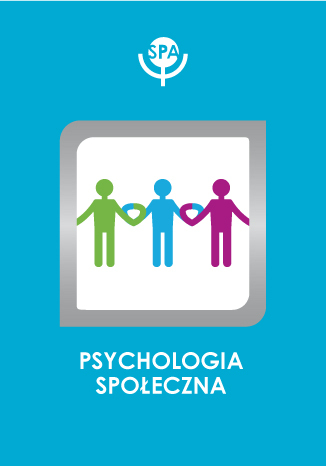Teoria trybów autoregulacji Kruglanskiego i Higginsa – prezentacja koncepcji i narzędzia

Agnieszka Golec
DOI:
Rocznik: 2004 Tom: 10 Numer: 1
Strony: 73-86
The paper presents the regulatory modes theory proposed by Kruglanski and Higgins as well as the Polish adaptation of the Regulatory Mode Questionnaire containing Locomotion and Assessment Scales (Kruglanski et al., 2000; Higgins et al., 2003). The theory differentiates between two functionally independent dimensions of self-regulation: locomotion and assessment. Locomotion is concerned with reaintaining commitment to action, change, and movement from state to state. Assessment is related to evaluation of alternative goals or means and deciding which ones are the best to pursue. Assessment is also related to the appraisal of goal pursuit performance. The paper presents psychometric characteristics of the Polish version of the Regulatory Mode Questionnaire as well as the relationships between two modes of self-regulation and self-esteem, personality factors of the Big Five, and the styles of handling interpersonal conflicts.









 Pobierz pełny tekst
Pobierz pełny tekst



